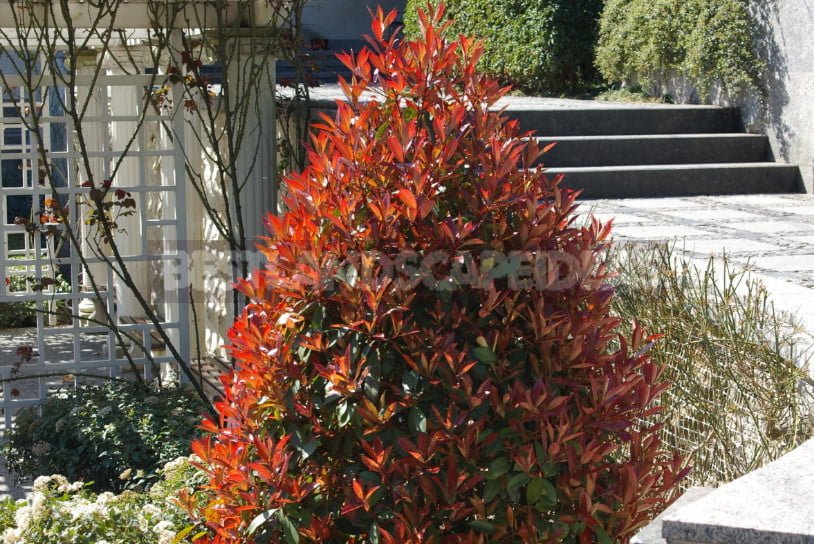
In this article the most interesting trees and bushes from various families differing from each other by an origin, external data, ecological requirements, features of leaving are collected.
Some of them you may have met in person.

With others met in numerous interesting publications.

But with some of them you just have to meet.
First, let me introduce you to the exotic beauty of the family Solanaceae-Fabiana imbricata. She is still a rare guest of the southern cottages, and on our website it is also the first time.
Fabiana imbricata
It is native to South America and grows naturally on dry slopes in Chile and Argentina.

This evergreen shrub height and width of 2.5 m with small scaly leaves and small narrow white or light purple flowers. Flowering (spring) is very abundant, the fruits are not formed.
Decorative shapes:
- ‘Prostrata’ – 1 m high, 2 m wide, undersized, with white flowers;
- f. violaceae-upright, with horizontal branches directed, with pinkish-purple flowers.

The main type of winter-hardy in the southern zone of gardening (briefly withstands up to -12,2°C), to the North it can be grown in a permutation tub culture.
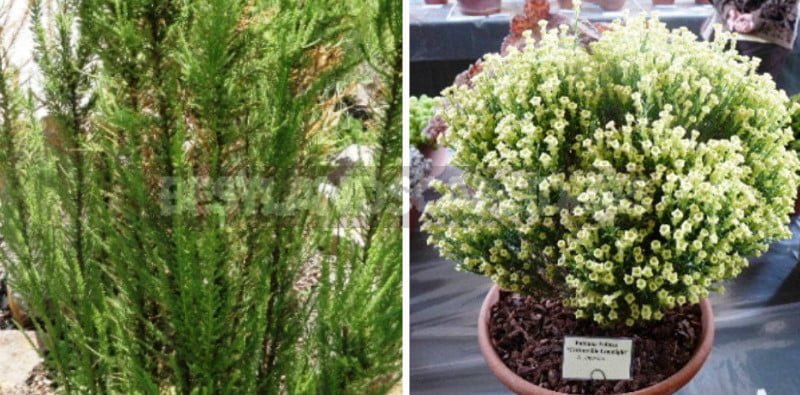
Normally grows only in well-lit areas with drained fertile soil; rockeries for her-the perfect place to demonstrate its exotic beauty. Spectacular in single and group landing. Without spring sanitary pruning can not do.
Propagated by cuttings.
The second beauty, which I want to introduce to you, most of the summer residents and the eyes have not seen, but are well aware of its greenish fruit.
Feijoa sellowiana
Originally it is from South America; in nature it is widespread from Northern Argentina to southern Brazil. In 1890 the plant began its way through Europe, got to Yalta and the Caucasus.
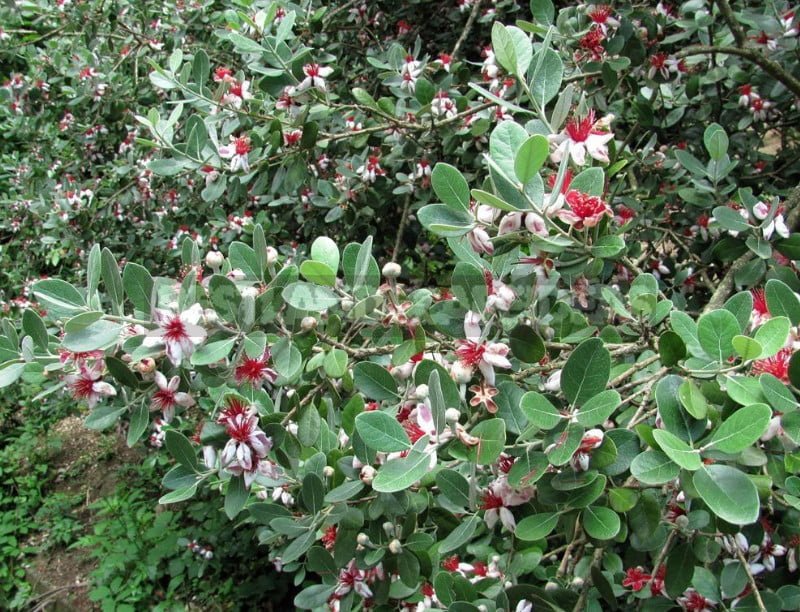
It is an evergreen subtropical culture from the Myrtaceae family. The genus is named in honor of Portuguese naturalist, joão da Silva Feijó.

Feijoa sellowiana-shrub height of 2.5 – 3 m and a width of more than 3 m. the leaves are oval, silvery-pubescent below. Flowers-a work of art from nature: large, up to 4 cm in diameter, 4-petal, two — color-lilac-white, with long red stamens; bloom in the summer. Green fruits-false berries with the aroma of pineapple and strawberries, invisible in the leaves.
Decorative varieties:
- ‘Nazemetz’ is a height of 1.8 m and 2.4 m;
- ‘Coolidge’ – profuse.
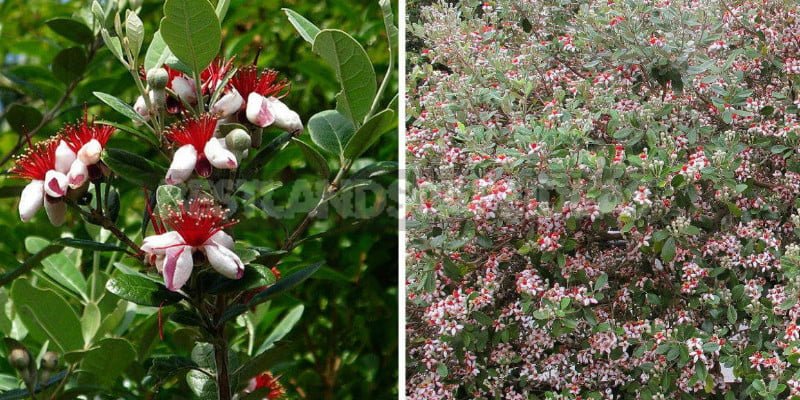
The main species and varieties are briefly maintained without damage to -11…-12,2°C. it Prefers a soil with a pH from 6.1 to 7.5. Up to 5 years of age requires regular watering. For more compact shrub reduction pruning annually.
Propagated by layering, semilignified and woody cuttings, but it is hard being rooted culture. It is easier to propagate it with seeds, which are sown in January-March in pots, sowing boxes.
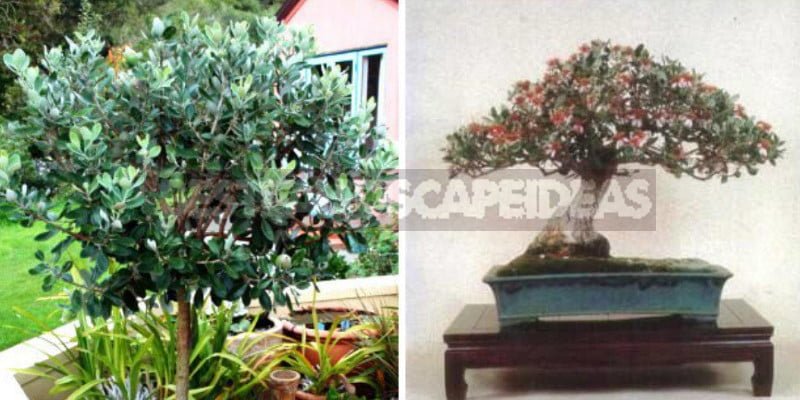
The third beauty conquers his article, power and beautiful large palm leaves.
Firmiana simplex
A rare exotic tree from the Sterculiaceae family. She comes from Southeast China, Vietnam, Taiwan, southern Japan.
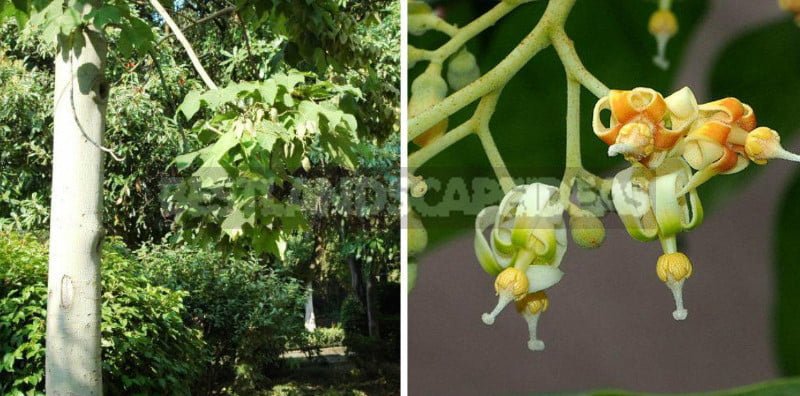
Firmiana simplex, syn. F. platanifolia, Sterculia platanifolia Chinese umbrella tree, in adulthood, reaches a height of 15 m. the Opposite leaves up to 30 cm. Small fragrant greenish-white flowers clustered in large terminal inflorescences. Blooms in July; flowers of different sexes (female — with pistils, male — with stamens). Fruits — prefabricated drop five leaflets with a spherical grayish-yellow seeds.
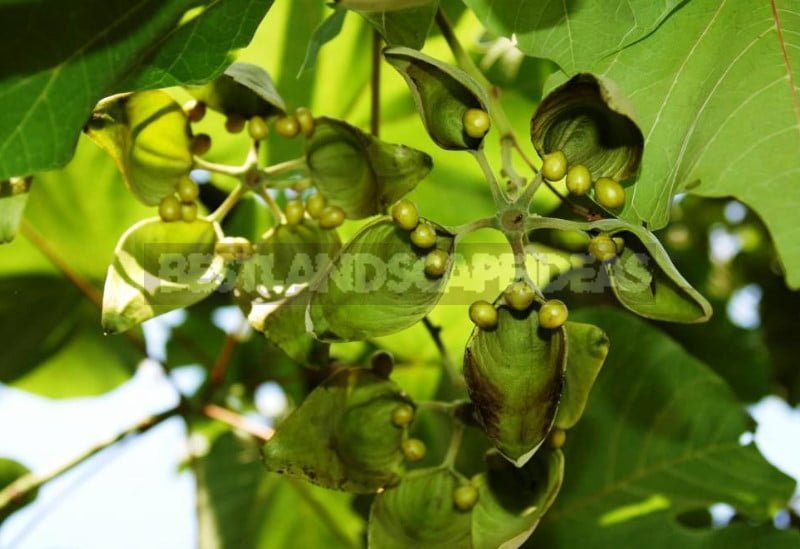
Young plants grow very quickly, reach the best development in the light and deep loose moist soils. Withstands both bright sun and partial shade; acidic, neutral and alkaline soils (pH from 5,6 to 7-8). Beautiful specimen. Data on its frost resistance are contradictory: it is believed that it can withstand -14,9°C.
Propagated by seeds that do not require stratification, germinate well in the autumn and spring crops, but need high humidity of the soil substrate. Seeding depth of 3-5 cm, are sown in greenhouses in winter (January).
That is intriguing:
- the aroma of the flowering tree Firmiana (lemon, citronella and chocolate tones) varies depending on the weather and time of day;
- its seeds contain caffeine, and at home they are used as a coffee surrogate;
- may cause skin irritation and other allergic reactions.
The fourth beauty – x Fatshedera lizei of the family Araliaceae.
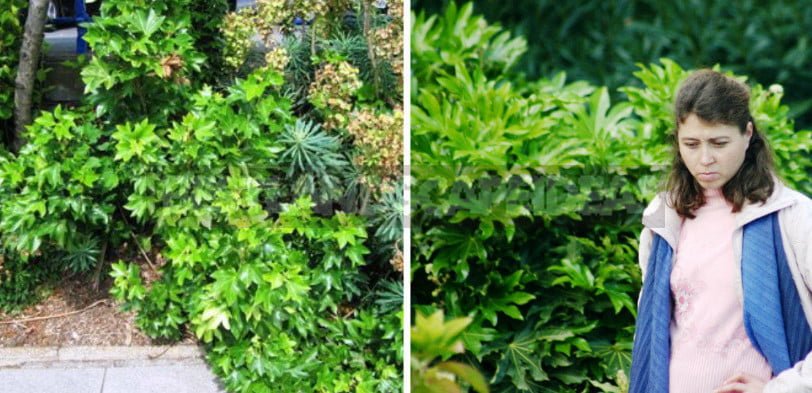
x Fatshedera lizei is a hybrid free growing evergreen shrub with a height from 1.2 m to 3 m and more. Very beautiful 5-7-lobed leaves 18-20 cm long. Greenish-cream flowers are nondescript, in small spherical umbrellas, collected in apical panicles 15 cm long; bloom in autumn.
Decorative shapes:
- ‘Anna Mikkels’, syn. ‘Lemon and Lime’ -yellow-mottled leaves;
- ‘Pia’ — the leaves are very wavy;
- ‘Variegata’ – leaves with a creamy white border.

Can grow a Bush, which the tips of the shoots every spring, pinch.
It is believed that Fatshedera improves mood, has a positive effect on timid, shy people, contributes to the manifestation of hidden opportunities and talents.
Propagated by cuttings (summer), the substrate temperature +25…+26°C, at high humidity; layering.
The fifth beauty is Phillyrea. In the Garden there are several types and forms:
- Phillyrea angustifolia and its form are rosemary Ph. a. var. rosmarinifolia;
- Ph. D. latifolia and its forms: Ph.l. ‘Buxifolia’, Ph. l. var. laevis, Ph. l. var. media and Ph. vilmoriniana.
All of them are evergreen trees and shrubs from the Oleaceae family.

Phillyrea angustifolia comes from the Mediterranean, height and width of 3 m Thick shrub with dense leathery narrow leaves up to 6 cm long and collected in complex umbrellas nondescript greenish-white fragrant flowers that bloom in late spring — early summer. Then in their place appear rounded blue-black fruit with a diameter of 5 mm. Frost in the South, can withstand without shelter to -15°C.
Propagated by semi-woody cuttings (better cut at the end of August) with lower heating, in conditions of high humidity. However, there is a fine line between the necessary moisture and rotting cuttings, so it is important to monitor the rooting process and use a disinfected soil substrate.
Phillyrea latifolia comes from the Mediterranean, South-West Asia. Its height and width is about 9 m. Oval shiny leaves up to 6 cm Flowers are the same as in the previous species.
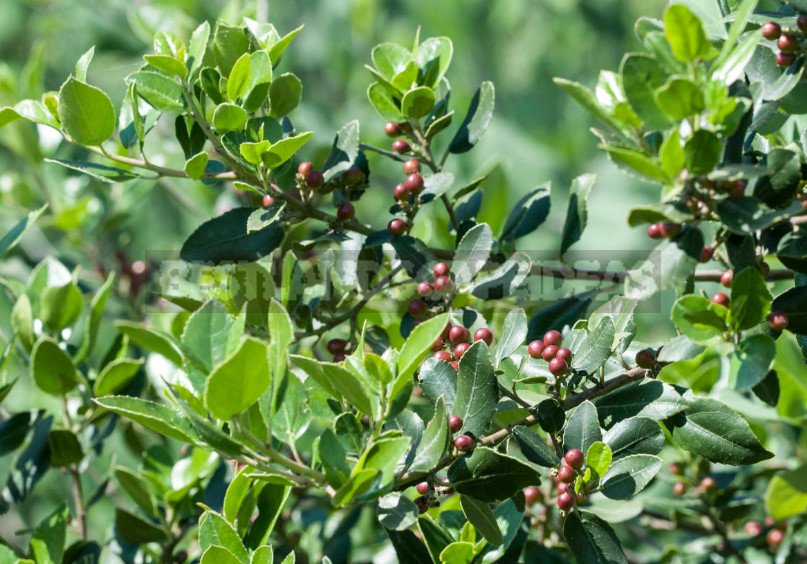
On the one hand, these are neutral background evergreen plants that fill the voids. On the other — they may well become accents among the flowering species, good on the stone slides.
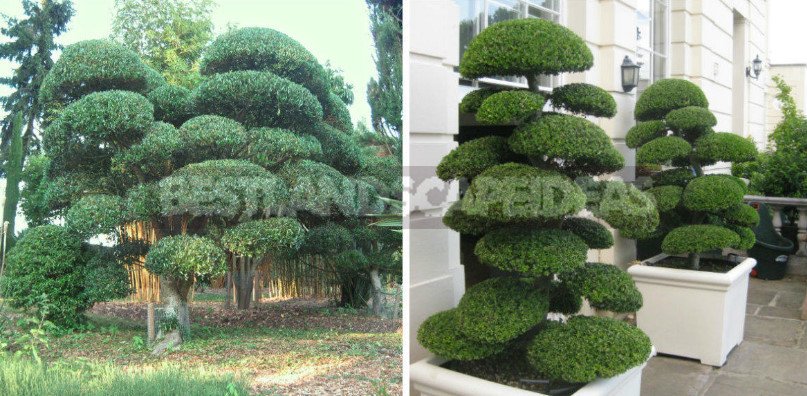
Filligree perfectly tolerate a haircut, they can form in Japanese style. In care important sanitary pruning, which is carried out 1 every 2-3 years in the spring, at the end of April.
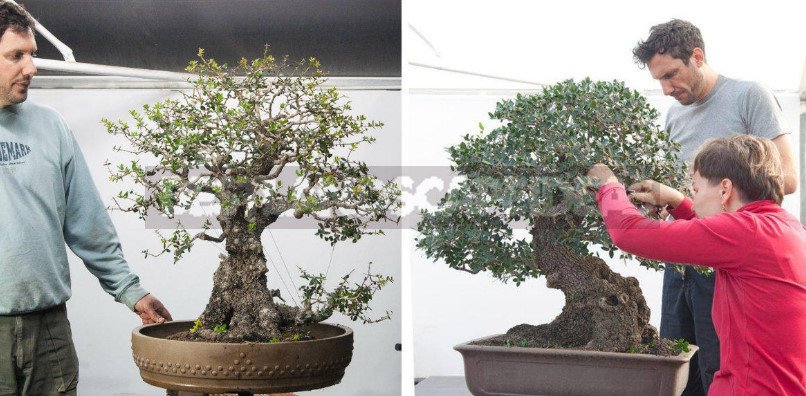
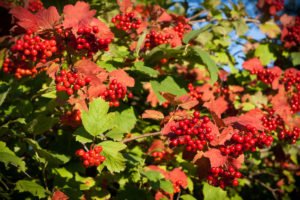


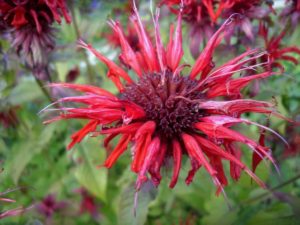
Leave a Reply